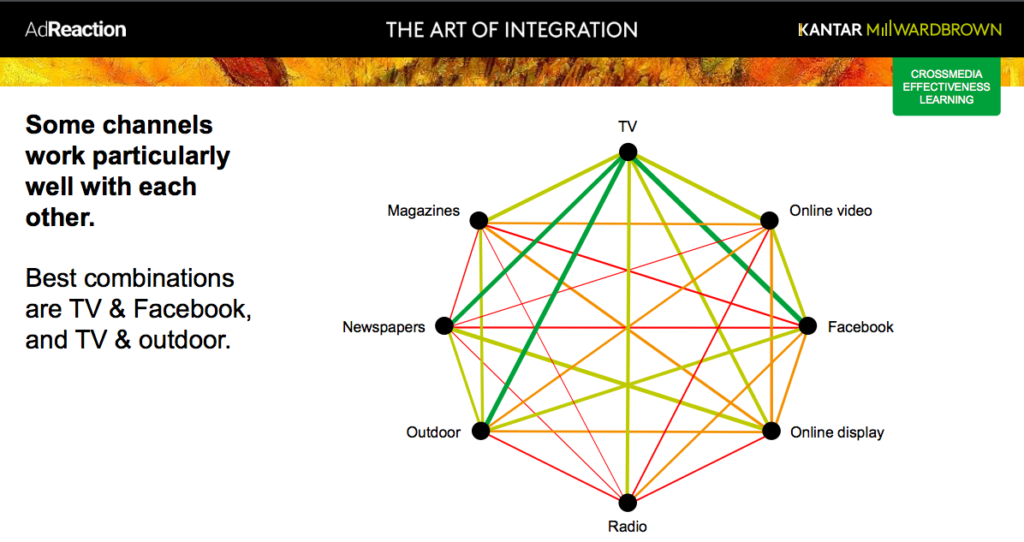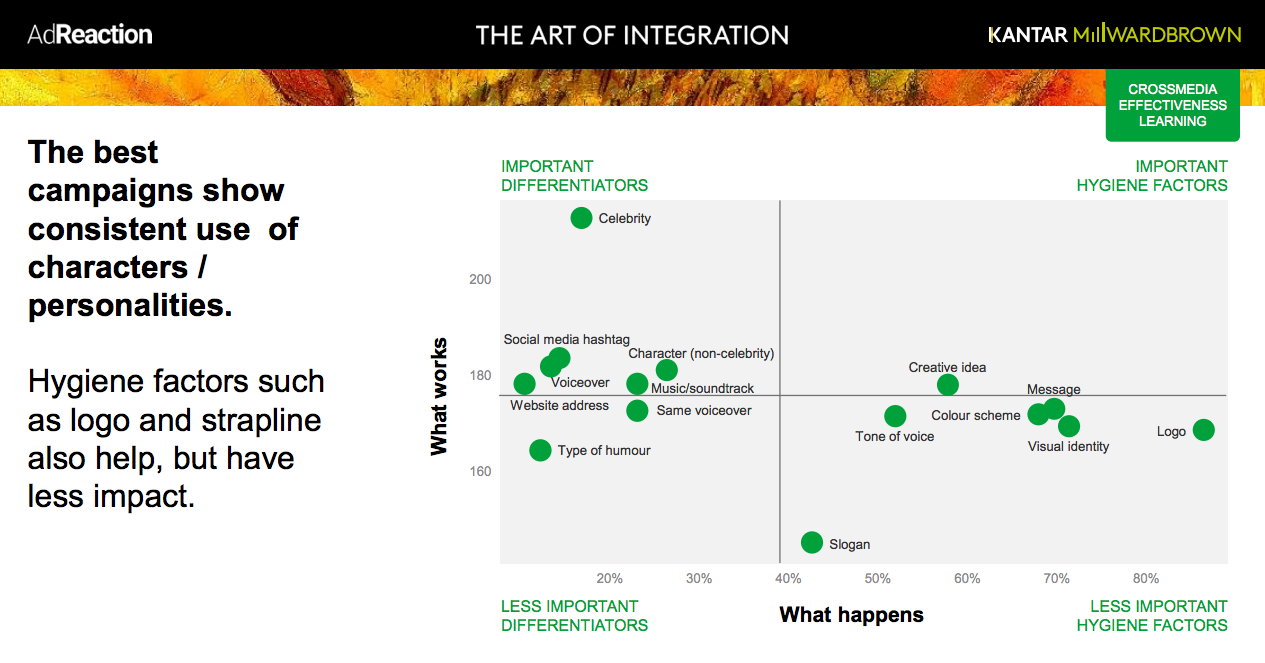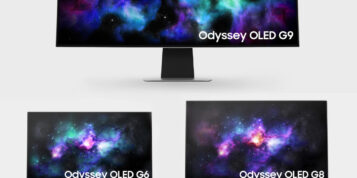Three-quarters of UK consumers say they see more ads than three years ago. However, 66% find them more intrusive and 33% find them more irritating, according to Kantar Millward Brown’s 2018 AdReaction study.
Launched today, AdReaction: The Art of Integration addresses key questions facing marketers, including:
- What is the global state of play for multichannel campaigns?
- How should campaigns be integrated to maximize overall impact?
- How should campaign creative be customized to make the most of each individual channel format?
Customers do not find ads particularly memorable either. Only 27% of UK respondents say multimedia campaigns remind them about the brand (34% globally). Globally, 81% of consumers agree that the volume of ads has increased, while 69% feel they are more intrusive. However, 33% of UK consumers feel that ads tell better stories now than three years ago.
In addition, the AdReaction research shows that three-quarters of multimedia ad campaigns are integrated well, which means all content fits and works coherently across the different channels it is viewed on. Integrated campaigns are 31% more effective at building brands. Ads on all channels benefit from integration – but TV and Facebook, and TV and outdoor, are combinations that work particularly well with each other.
Other key findings of AdReaction: The Art of Integration includes:
- Every ad contributes to a campaign’s success. Campaign strength is defined more by the average strength of all executions than the best or worst individual execution. There is a strong correlation between overall campaign likeability and the average likeability of all ads tested.
- Every placement matters. All media channels play a role across different metrics – so marketers should use the full range. Consumers are most receptive and positive to advertising on ‘traditional’ media channels (cinema, TV and outdoor/billboard ads).
- Marketers and consumers have a different view about online targeting. 58% of UK marketers believe it is very/somewhat reliable, versus 27% of consumers. People are far more likely to recall a negative online targeting experience.
- In terms of ROI, magazines and POS punch most above their weight, according to AdReaction’s analysis of contribution versus spend.
Campaigns with a strong central idea perform better across all brand KPIs (+64%), especially brand image associations (+91%). All brand cues contribute positively to campaign effectiveness, but AdReaction shows that consistent characters or personalities most help brand impact.
 Multimedia pre-testing of campaigns carried out as part of the AdReaction study found that those which work best across all media to achieve brand objectives are both integrated and customised, with versions tailored to suit different channels. When these two things are combined, it can boost the effectiveness of a campaign by 57%. While 75% of ad campaigns are integrated, less than half (46%) are also customised, while one in four are fragmented and therefore not recognisably part of the same campaign.
Multimedia pre-testing of campaigns carried out as part of the AdReaction study found that those which work best across all media to achieve brand objectives are both integrated and customised, with versions tailored to suit different channels. When these two things are combined, it can boost the effectiveness of a campaign by 57%. While 75% of ad campaigns are integrated, less than half (46%) are also customised, while one in four are fragmented and therefore not recognisably part of the same campaign.
Marketers and consumers have very different views on whether campaigns successfully fit together. 89% of marketers believe their campaigns are integrated, but only 52% of consumers agree. When asked “What ads have you seen recently that worked well in lots of different places and/or formats?” 47% didn’t know or couldn’t think of anything, while 67% couldn’t think of anything when asked: “What ad have you seen recently that worked particularly well online?”. According to 32% of UK consumers, ads are more confusing now than three years ago.
Following analysis of the creative elements of campaigns that work best, the AdReaction report sets out guiding principles to help marketers design, deliver and place integrated and customised multimedia campaigns, navigating channel choices and ad formats:
Cue the idea – Start with a strong campaign idea in the creative development stage, and deliver tightly integrated executions.
Integrate comprehensively – Visual cues such as logos are essential, but campaigns also benefit from aural cues such as voiceovers and music. Characters are strong differentiators.
Place selectively – Only invest in channels that have a clear role in reaching the target audience. Understand what each channel can deliver in impact and cost.
Customise content – but carefully – Only create ads for channels where you can adapt versions that will really work.
Mind the (marketer vs consumer) gap – Consumers will not see all the brand integration cues, so test your idea early, and test executions in all major media channels.
Measure – Assess the effectiveness and impact of different media channels, using the insight to continually improve performance and ROI.
Jane Ostler, Managing Director, Media & Digital – Kantar Millward Brown, said: “With consumers feeling overwhelmed by advertising from all angles, marketers must remember the basics. The creative approach should be adapted for different contexts, but shouldn’t stray too far from the core idea as brand impact and the effectiveness of the media investment will be compromised. Start with a strong campaign idea, use consistent brand cues and deliver tightly integrated executions. Like conducting a large orchestra, marketers need to work even harder now to ensure that everything works in harmony.”
The Art of Integration study is based on new quantitative research in 45 countries, in which more than 14,000 16-65-year-olds were surveyed between August and November 2017. Multichannel copy testing of 12 campaigns from eight countries, and custom analysis of Kantar Millward Brown’s global media effectiveness and copy testing databases. The results provide marketers with a global and country-by-country analysis of how consumers and marketers view integration, the importance of customising content for each placement, and the characteristics of campaigns that work.
Review the global and country-specific results of the AdReaction: The Art of Integration report here.





